The New World has muffled elitism and is now playing to its strengths to push at the £5 barrier, and make radical changes to entry level styles
W ine is set to take centre stage in drinks aisles across the country this winter as retailers attempt to capitalise on growing consumer interest.
The sector has come a long way in the last decade. From being tucked away in the back corner of supermarkets, playing second fiddle to beers and spirits, it has been kicked into the limelight by New World producers who had little respect for Old World traditions.
The power of the Australian offer is such that there is considerable speculation that it will replace the French as the UK's leading wine importer.
Current sales trends suggest this is likely in the near future but ChrisCarson, chief executive of major Aussie producer BRL Hardy, said if it happens it won't be before the middle of 2003.
But the French are not taking this lying down. They may not have the brand power of the New World players but they have the most well known and respected wine regions on the planet. These are now getting heavyweight backing as the French try to win the hearts and minds of a new breed of consumers who knows what grape varieties it likes, but doesn't care about terroir or chateaux.
Now the top 10 brands are all from the New World and it is they who are driving the volume sales of the sector. While wine sales as a whole are growing at between 5% and 6% year on year, the leading brands' growth is closer to 30%. The key to their success has been to guarantee, and continually increase the quality of their wines, while holding down the price.
One of the consequences of this is a growing pressure on margins, with the use of buy-one-get-one-free deals and deep cuts on multi purchases.
Ian Belcher, marketing director of US wine giant Gallo says: "Wine is now the most highly promoted category in grocery. We have to have major promotional activity and this has to be backed up by advertising and promotional, tailormade deals."
The top selling Australian wine Jacob's Creek is owned by French company Pernod Ricard. Its UK general manager Ian Totman says: "We have benefited from five years of consistent marketing and sales development. At the same time consumers have been moving to the New World sector. The off-trade retailers have also improved their displays and promotions and this has helped growth."
The sector has also been able to put bigger advertising budgets behind the brands.
"When you have a two million case brand you can be positive about advertising," Totman says.
Advertising is one of the key reasons why it is the brands which have been driving New World sales.
Totman says Jacob's Creek's volume sales grew 22% in the 12 months to the end of August. But as costs increase it becomes more difficult to balance the quality/price ratio and, at the same time, the expectations of both consumers and buyers are rising. Morrisons recently delisted some of the Gallo lines because the buying team felt they did not meet its demanding criteria.
For a long time all the volume growth came from products below £5 and this is largely still the case. But in the last 12 months the brand owners have pushed part of their ranges through this barrier and are actively pushing consumers to trade up to more expensive premium styles.
Totman says: "Over the last year we have broadened the Jacob's Creek range and consumers have moved quickly to buy the new Cabernet Sauvignon, Merlot and Reserve styles, all of which retail over £5."
At the same time producers and the retailers have had to grapple with the fact that the reason for increased volumes is that consumers are drinking more, not that there are more consumers. This has led to more ambitious approaches to entry level wines positioned in the £3-£4 price band. There have been radical departures in packaging design, such as the Pendulum collection from Western Wines and the use of irreverent names such as Old Git, Old Tart and Fat Bastard.
But BRL Hardy chief executive Chris Carson was critical of the French for the use of such gimmicky names. "Where are the French going with this? What does it say about their wines? It is a great shame because France produces great wines, but people do not know how to sell them. As far as consumers were concerned, France was perceived as better quality, but this has levelled off over the past five years as the New World has become more heavily involved in the market.
"The emergence of quality New World wines has also opened up a level of quality between £5 and £8, which the French were not offering. France needs to work out how to come out of this, because they do have the products. The gimmicky names might sell a few boxes of wine, but they don't have a future," he says.
Even if they don't have longevity they do attract the consumer's attention. Women have been particularly targeted because they are the main purchasers of wine and this targeting has led to the introduction of specific styles, such as Infierno, from Ehrmanns and the Image range from Cranswick.
As John Mills, managing director of Grants of St James, puts it: "Both the margin pressures and the promotional requirements are tough. Increasingly larger volumes are being sold at discounted prices. These deals of £1 or £1.50 off can lead to a huge uplift in sales by as much as a factor of 10."
For suppliers this can be both a good and a bad thing. Mills says: "Promotional specials create havoc with forecasting, particularly when the wines come from a long way away. The question is, how will the trade manage to keep the wines in stock." Totman adds: "Retailers across the off-trade are very bullish about their wine forecasts for Christmas, which has put a lot of pressure on Australia. There are not many containers or ships free between here and Adelaide."
Mills suggests the answer to meeting the anticipated escalation in consumer demand is off shelf displays. "If there are promotions on big selling lines retailers should find them alternative display sites in the store. Take the wines from the fixture and take the pressure off the rate of sale from the shelves."
Last year bulk purchasing grew in the wine market. In an effort to increase weight of purchase there were keener deals on cases in the major multiples, with six bottles for the price of five and £5 or £10 off a case.
Despite this Mills is optimistic that there will not be anything worse than £1 off £4 wines and £1.50 off wines between £5 and £7. He knows the cost of price fighting because he has gone down that route with the German wine Black Tower, which competes head to head with Blue Nun.
"When we went from £3.99 to £2.99 we took 30,000 cases off them and lost a fortune, and the reverse happened when they did it. When we both promoted a little bit we both did quite well and made some money. Now if a multiple says I have to maintain margins and go down to £2.99 I won't do it.
"The opportunity which has not been grappled with is multipacks and mixed case deals which are all inclusive." Bulk purchasing has also begun to take the form of bigger bottles. Both Hardys and Rosemount brought out 1.5 litre bottles last year. "I think this will be the next big thing in terms of brands," says Mills.
This migration to bigger formats is also paying dividends for one of Grants of St James's key brands, the Stowells of Chelsea wine box collection.
Mills says: "Wine boxes are growing faster than the rest of the wine market."
{{FOCUS SPECIALS }}
Close menu
- Home
- Retail & Wholesale
-
Products & Suppliers
- Back to parent navigation item
- Products & Suppliers
-
Product Categories:
- Back to parent navigation item
- Product Categories:
- Alcoholic drinks
- Bakery
- Cereals & breakfast
- Cheese
- Chicken & poultry
- Chocolate
- Confectionery
- Crisps, nuts & snacks
- Dairy
- Fish
- Fresh produce
- Frozen
- Household
- Meat
- Own Label
- Sauces & condiments
- Seasonal
- Soft drinks
- Vaping
- Vegan & plant-based
- World foods
- Suppliers
- People
- Reports & Data
-
Topics A-Z
- Back to parent navigation item
- Topics A-Z
-
Popular topics:
- Back to parent navigation item
- Popular topics:
- Cost of living crisis
- Crime
- Deposit Return Schemes
- Finance
- Government & Regulation
- Health
- Inflation
- Loyalty
- Marketing
- Mergers & Acquisitions
- New Product Development
- Sourcing
- Supply chain
- Sustainability & environment
- Technology
- Ultra Processed Foods
- Vaping
- A-Z all topics
- Content by type:
- Events
- Subscribe now
Sign in to comment on this article
Not logged in before? Register for FREE guest access today.
You will be able to:
- Read more stories
- Receive daily newsletters
- Comment on stories
Advert



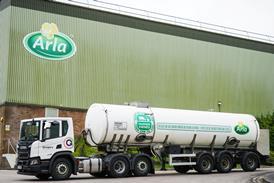



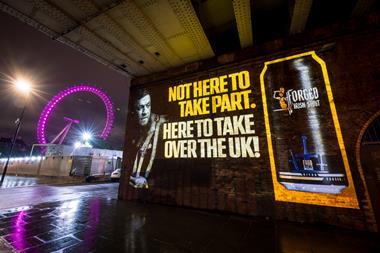
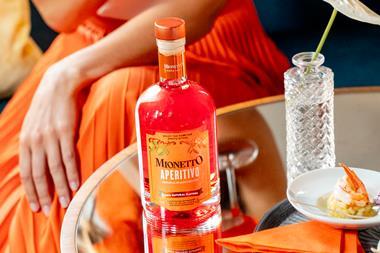




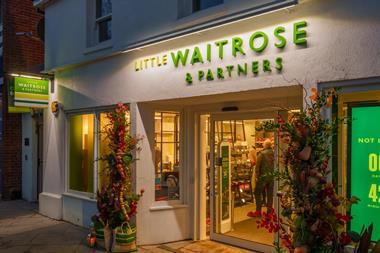



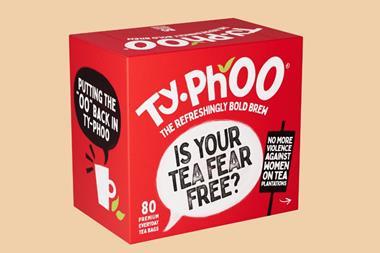
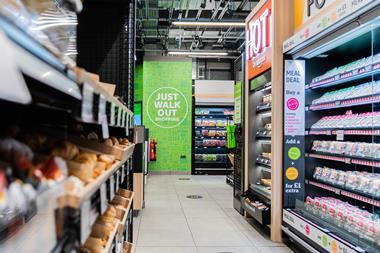
No comments yet